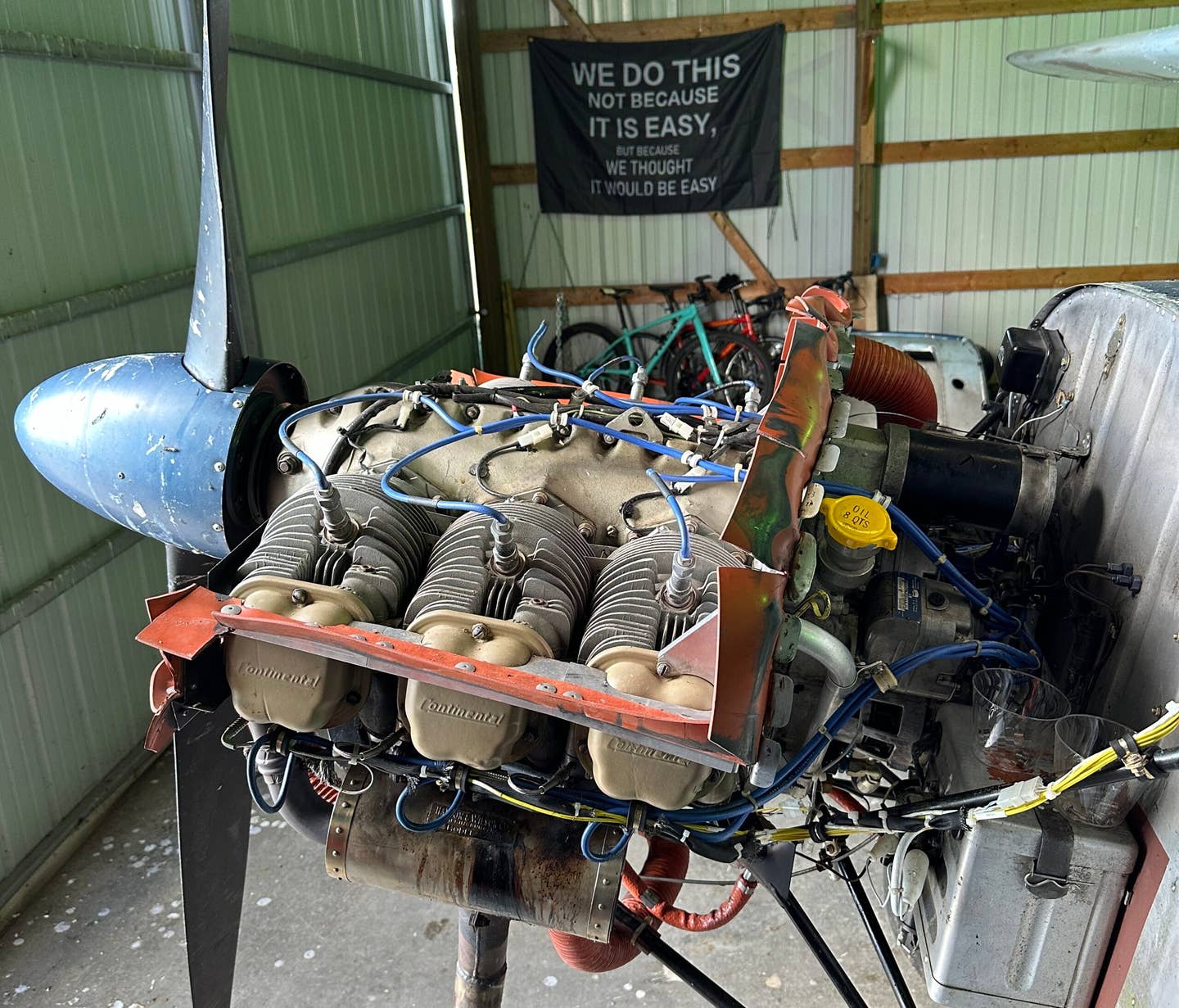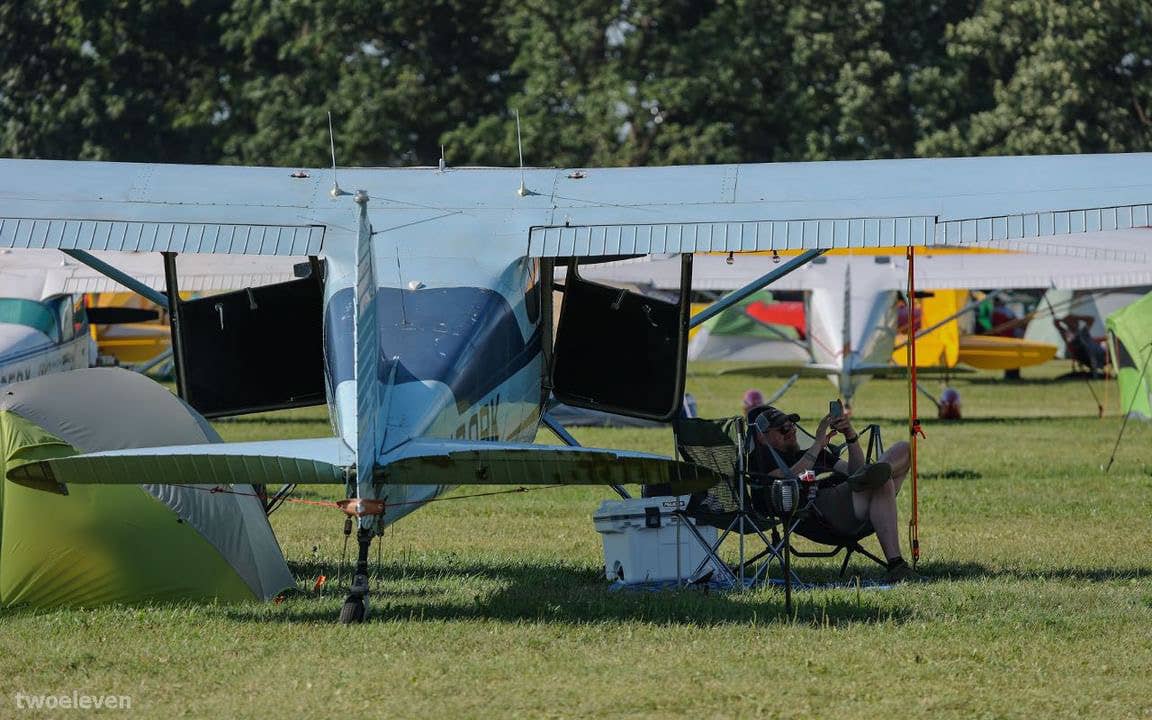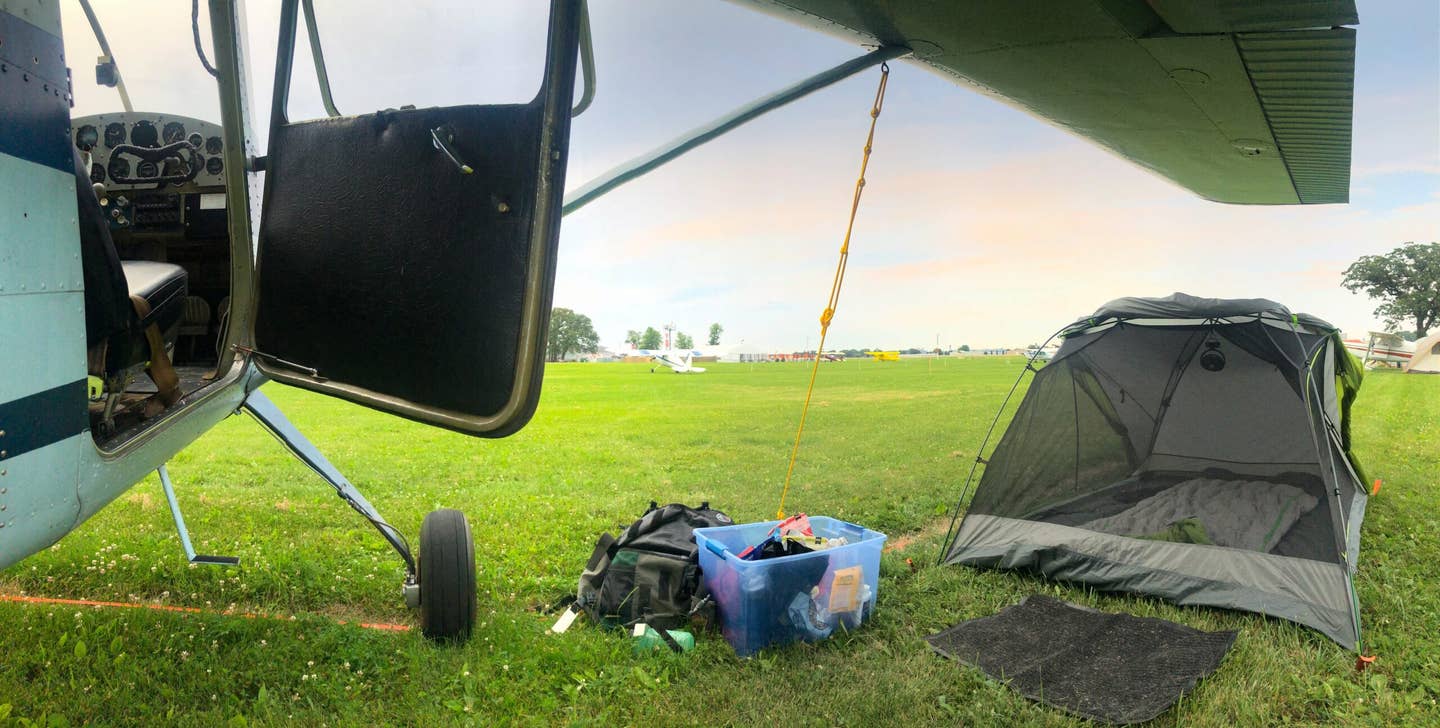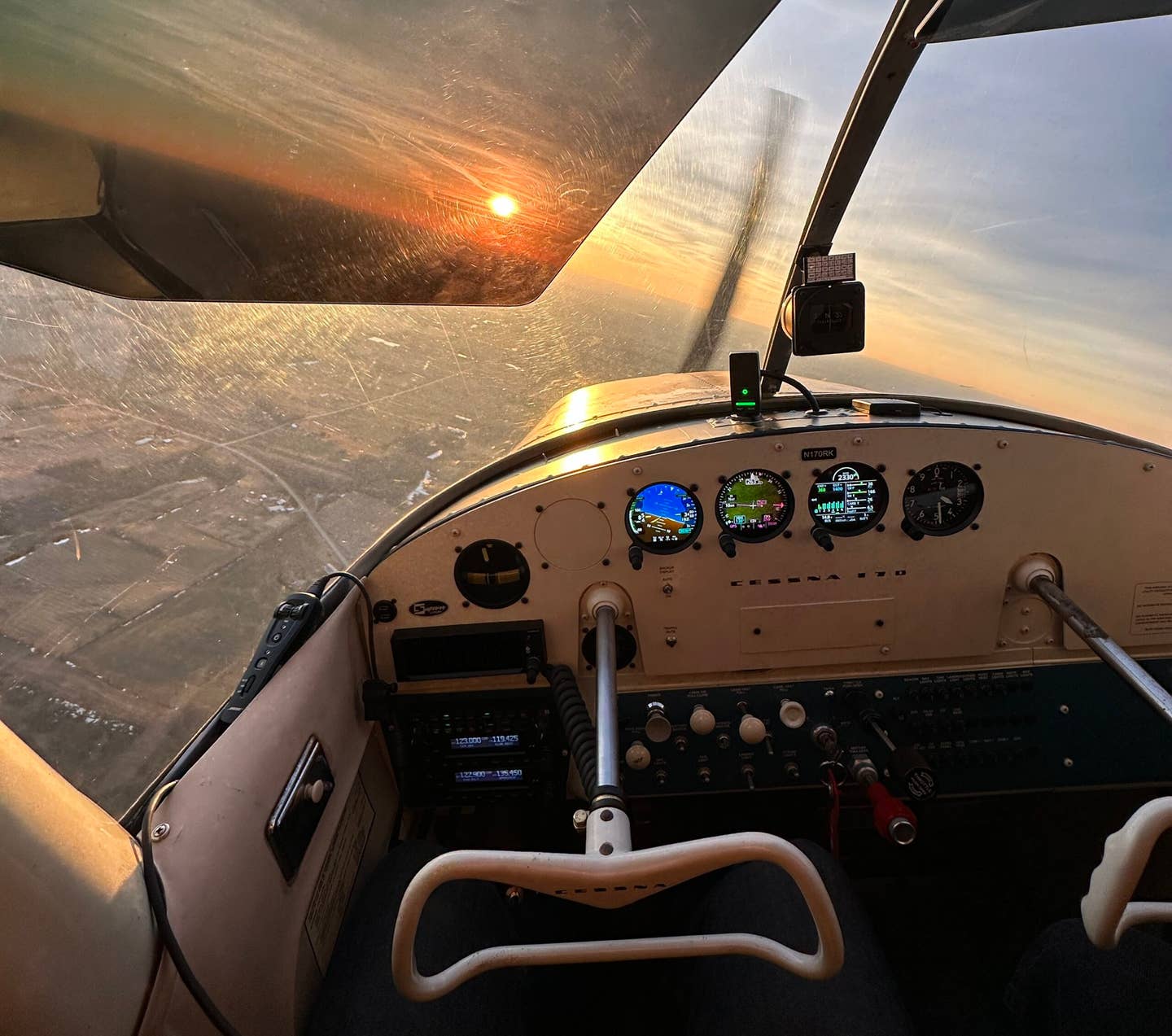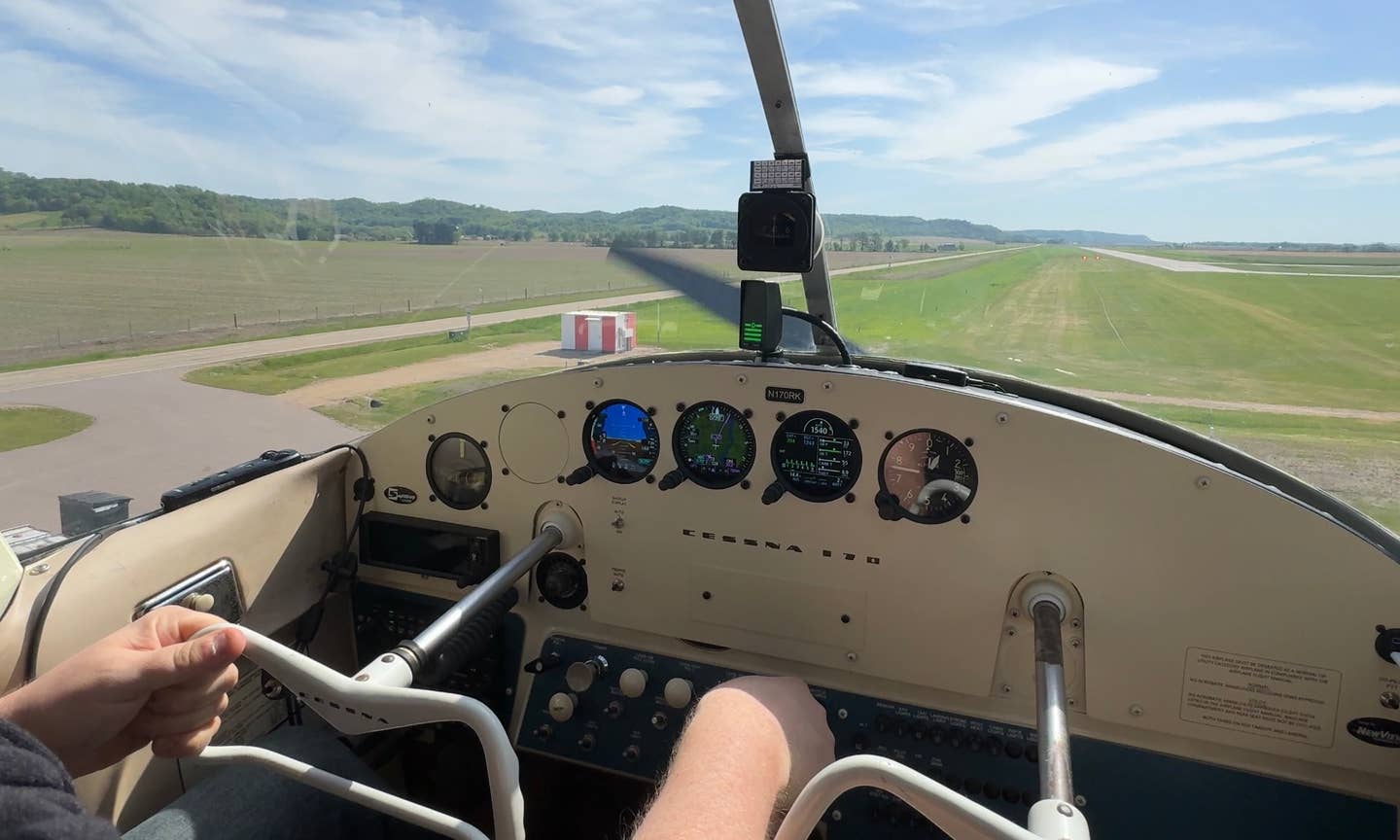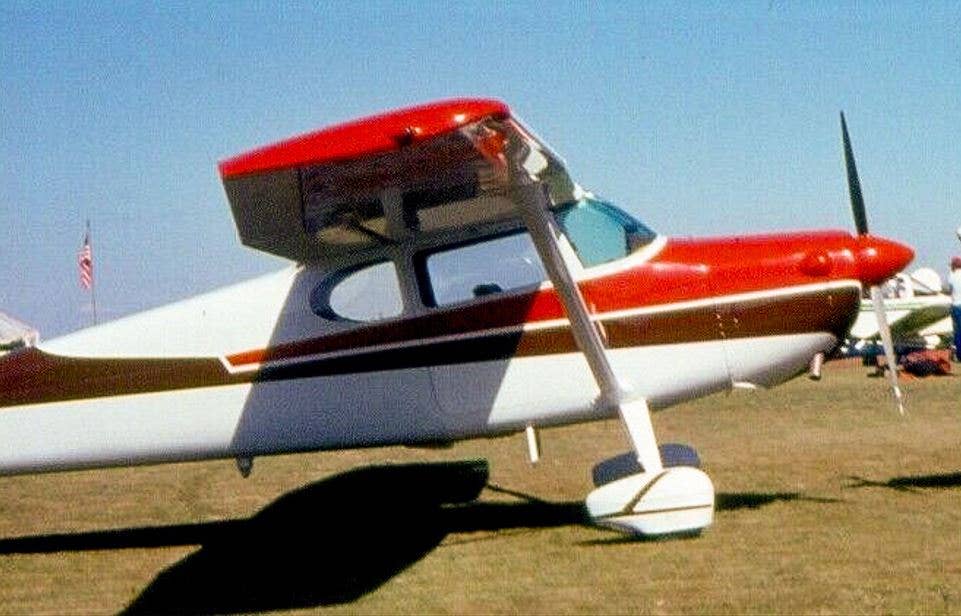AirVenture Packing Tips for the New Owner
These things will make your time in Oshkosh more enjoyable, and they’ll protect you and your aircraft.

The proper items and equipment can make your first flight to AirVenture a fun one. [Photo: Shutterstock]
With EAA AirVenture just around the corner, aircraft owners across the country are spending time monitoring the weather forecasts and carefully planning what to pack for the trip to Oshkosh, Wisconsin. With luck and preparation, we will soon be relaxing next to our beloved machines and soaking up our favorite event of the year. If, on the other hand, Murphy’s Law kicks into gear, we will soon be kicking ourselves for forgetting to pack a tent, underwear, or some other item critical to our enjoyment of the event.
Having attended AirVenture on and off for about 25 years, I’ve learned certain lessons the hard way. Don’t skimp on a cheap tent, for example. Don’t bring just one pair of shoes. And remember that while effective, the strongest bug spray will destroy certain synthetic fabrics.
But I’ve also experienced some nice logistical victories that make the event particularly enjoyable. Here, I thought I’d share some of my most important packing and preparation tips to ensure your time at AirVenture goes as smoothly as possible. After all, if you’re a new owner like me, you’ve got plenty of other learning curves to tackle.
Tie-downs
First on the list for multiple reasons, proper tie-downs are both essential and mandated at AirVenture. Like driving a car in disrepair, utilizing poor tie-downs presents a danger not only to your own airplane, but also to the others around you. It is, therefore, imperative to put together a proper setup.
Because parking at AirVenture takes place in the grass, a proper tie-down setup consists of two main components—ground anchors and the tie-downs themselves. The EAA provides some great guidance here, but in a nutshell, you want robust, purpose-built anchors designed specifically for aircraft. Light-duty, screw-in anchors intended for restraining dogs are not sufficient.
I have a set of anchors known as “The Claw”, and while they do seem to have the necessary strength to secure my airplane, their design necessitates that they be placed directly beneath the aircraft’s tie-down rings. I dislike this, as it allows the airplane to roll forward or back more easily than with anchors that may be placed farther ahead of and behind the wing and tail tie-down rings, respectively.
Most good anchors include good ropes, but there are some nicer options available. Last year, I took the opportunity to examine all the various options in use, and asked some owners how they liked them. Based on some of that advice, I picked up a set of “Slide-down” tie-down ropes, and look forward to trying them out.
If you currently have a set of anchors and tie-downs but are thinking of upgrading, seek out some options in the exhibitor hangars. Most manufacturers offer some kind of show special, and because you won’t have to pay a shipping fee, you can save a fair amount over ordering some later.
Pool Noodles
When it comes to securing one’s aircraft in high winds, Alaskan bush pilots are a trustworthy source for tips and recommendations. In 2021, when a massive storm front approached AirVenture with hail and 50 mph wind gusts forecasted, a number of owners with Alaskan bush flying experience took Ubers to nearby stores and bought pool noodles.
Their intent was not to frolic in the flooded areas left by the storm front. They taped the pool noodles to the upper surfaces of their wings, thus destroying any lift that high winds might create. The pool noodles act like spoilers on a jet, disturbing the airflow and eliminating hundreds or even thousands of pounds of lift that would otherwise attempt to pull your anchors out of the ground and your airplane into ruin.
This is primarily a concern for taildraggers. Because they sit on the ground with a positive deck angle, any wind gusts will have a greater effect on them than on tricycle-gear aircraft that sit level. They are, in effect, rotating for takeoff just sitting there.
Sure, in extreme wind conditions, your aircraft will quite possibly sustain damage from other aircraft around it. But for an investment of around $10 that weighs virtually nothing, it’s cheap insurance. And when the winds die down, the noodles can be slid onto the trailing edge of the wing to prevent injury to distracted pedestrians.
Power Banks
It took me years to figure out the best system of power management for my phone and other devices. I believe I’ve finally nailed it.
Initially, I purchased a large, 26,800 mAh Anker power bank and charged it at night while I slept. The EAA has set up multiple charging stations throughout the grounds, and you can also find random outlets here and there that can be used. Between the two, you can usually…but not always…find a plug and recharge your power bank.
There are a few problems with this strategy. Outlets are frequently all taken. And while theft is uncommon at AirVenture, someone inevitably loses their equipment to opportunistic miscreants at some point throughout the week. Local kids are the usual suspects.
A few years ago, I decided to get creative. I purchased a small bait cage, a steel cable, and a combination padlock from Amazon. I also purchased a second power bank. When I find a power outlet, I place the depleted power bank in the bait cage, wrap the cable around a sturdy fixture or telephone pole, and lock everything up. The metal mesh of the bait cage allows the power cord to pass through easily, and while anyone with cable cutters could easily cut the steel cable, this setup makes my power bank far more difficult to take than all the unsecured devices plugged in around it.
The charging stations are busiest at night, so I plug in my depleted power bank in the morning and walk around with the charged one in my backpack all day. In the evening, I remove my equipment from the charging station to open it up for others and repeat the process as needed. The process has worked beautifully for the past few years.
Sleeping Comfort
I hate sleeping in warm and/or muggy conditions. At home, my usual preference is to crank the air conditioning down to arctic levels so my face remains ice cold all night. Accordingly, July camping in Wisconsin presents some challenges.
For years, I resigned myself to being miserable at night. I bought a tent with as much mesh as possible, but even then, the rain fly must be kept in place to prevent it from getting soaked by dew. It seemed like a hopeless situation.
Then I found salvation. Salvation, as it turned out, only cost $9.99 and was available on Amazon. It came in the form of a tiny USB-powered fan. I simply plug it into one of my power banks, position it about 6-12 inches away from my face in the tent, and then bask in the cooling effect it has.
The fan is small and efficient enough that it doesn’t completely deplete my battery. It’s also nearly silent. Overall, I’ve been extremely happy with this little fan, and sleep far more comfortably when I use it.
Coffee and Food
Food is, for the most part, widely available at AirVenture. Cafes can be found throughout the grounds, and the food and drink they provide is typically pretty good. If, however, you arrive prior to the start of the event, you might struggle to find any options. This is where you have to get creative.
My go-to solution for preparing my own food is to use a Jetboil backpacking stove and freeze-dried camping meals. Mountain House makes good ones, as does Peak. I simply boil water, pour it into the meal pouch, wait several minutes, and then enjoy.
For coffee, the AeroPress is really tough to beat. Simple, light, and easy to clean, it brews fantastic coffee without requiring any sort of electricity. Simply dump some ground coffee in, add hot water, let it steep, and then push the plunger down over a coffee cup.
Other Items
The rest of the nice-to-have items I’ve discovered are relatively minor. I like having a headlamp that keeps your hands free in the dark. I tape a business card to the inside of a side window with my mobile number, allowing my neighbors to call or text if there’s an emergency or concern with my airplane. And I keep a small roll of roof repair tape to easily repair a ripped or damaged tent.
Finally, treating your tent, ground tarp, and rain fly with Permethrin spray helps to keep both the mosquitos and ticks at bay. Should a tick fight its way through, a tick remover tool is cheap, tiny, and nice to have. And should a more serious medical incident take place, I equipped my first aid kit with a CPR mask, an Israeli bandage, and a good tourniquet.
With some basic preparation and equipment, you can enjoy a great AirVenture experience with many of the comforts of home. Best of all, most of the gear is durable and should last for many years and many adventures in your new airplane.

Subscribe to Our Newsletter
Get the latest FLYING stories delivered directly to your inbox

